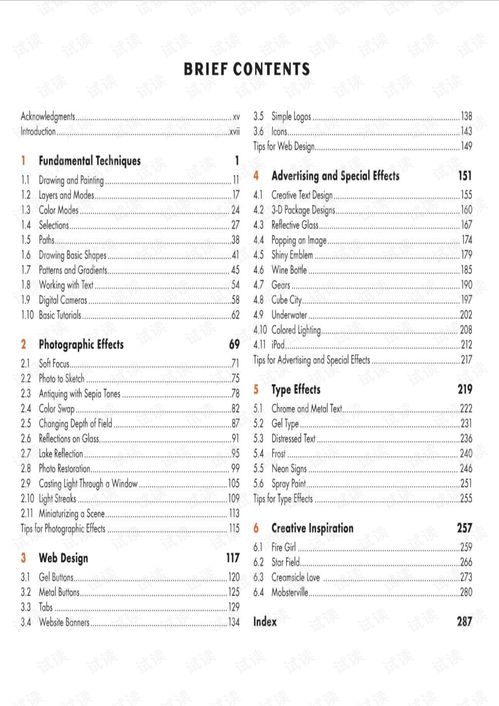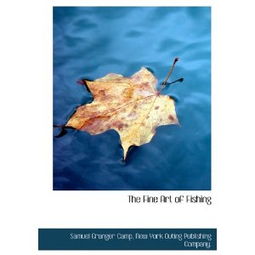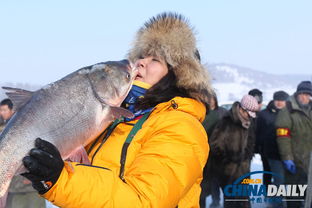Content:
Introduction: Fishing is an enjoyable pastime that requires patience, skill, and a bit of know-how. One of the most crucial aspects of fishing is the process of baiting, which involves selecting the right bait and applying it effectively to attract fish. This article will delve into the essential techniques for successful baiting, helping you become a master angler in no time.
Understanding the Fish: Before you start baiting, it's crucial to understand the type of fish you're targeting. Different fish species have varying preferences when it comes to bait. For instance, catfish are attracted to smelly baits, while bass prefer more natural-looking lures. By knowing your target fish, you can choose the most effective bait and increase your chances of a successful catch.
Selecting the Right Bait: The type of bait you choose depends on the fish species and the environment you're fishing in. Here are some popular bait options:
a. Live Bait: Live bait, such as worms, crickets, or minnows, is often the most effective choice. These baits mimic natural prey and can be highly attractive to fish. However, live bait requires proper handling and care to keep it alive and fresh.
b. Artificial Lures: Artificial lures, such as spinners, jigs, and crankbaits, can be highly effective for attracting fish. These lures mimic the movement of real prey and can cover a larger area, making them ideal for fishing in open water.
c. Natural Baits: Natural baits, such as corn, cheese, or bread, can be used for a variety of fish species. These baits are less expensive and easier to use but may not be as effective as live or artificial baits.
Proper Bait Presentation: Once you've selected the right bait, it's essential to present it correctly to attract fish. Here are some tips for effective bait presentation:
a. Presentation Techniques: The way you present your bait can significantly impact your success. For example, when using live bait, it's crucial to present it in a natural manner that mimics the movement of the prey. For artificial lures, vary your retrieve speed and technique to entice fish.
b. Depth and Distance: Consider the depth and distance at which your target fish are likely to be found. Adjust your bait presentation accordingly. For instance, if you're targeting bottom-feeding fish like catfish, present your bait close to the bottom, while top-feeding fish like bass may require a higher presentation.
c. Patience: Fish may take some time to respond to your bait. Be patient and wait for the fish to strike. Avoid reeling in too quickly or moving your bait excessively, as this may spook the fish.
Baiting Techniques: There are several baiting techniques you can use to increase your chances of catching fish:
a. Drop Shot Technique: This technique involves dropping your bait to the desired depth and then slowly retrieving it. It's effective for targeting fish that are suspended in the water column.
b. Carolina Rig: The Carolina rig is a versatile technique that allows you to fish a variety of baits. It involves attaching your bait to a leader with a sliding sinker, allowing the bait to move naturally.

c. Texas Rig: The Texas rig is ideal for fishing heavy cover and bottom structures. It involves attaching your bait directly to the line, with a weight and a hook placed on the line above the bait.
Bait Maintenance: Proper bait maintenance is essential for maintaining the effectiveness of your bait. Here are some tips:
a. Keep Live Bait Alive: If you're using live bait, ensure it's kept in a well-aerated container and provide it with food and water.
b. Clean Artificial Lures: Regularly clean your artificial lures to remove debris and maintain their effectiveness.
c. Rotate Baits: If you're using a variety of baits, rotate them to determine which one is most effective for your target fish species.
Conclusion: Mastering the art of baiting is a vital skill for any angler looking to increase their chances of success. By understanding the preferences of your target fish, selecting the right bait, and applying effective baiting techniques, you'll be well on your way to becoming a proficient angler. Remember to be patient, adapt to the conditions, and maintain your bait to ensure a rewarding fishing experience. Happy fishing!












